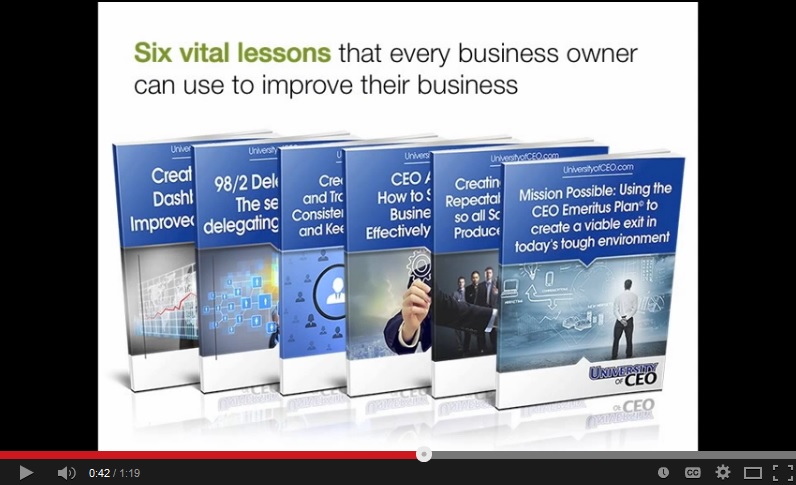Swoopo.com seems to be a mash-up of Black Friday meets the Lottery plus eBay. This ingenious business model allows Swoopo to sell a $699 iPad for $3,653?
According to Swoopo.com,
We are an internet company with a unique, worldwide business model. We are the creators of “Entertainment Shopping“ on the internet, and, one of the first companies to combine e-commerce and entertainment. All of our auctions are buzzing from the first to the last second. Every user can get top of the range, brand-name products for extraordinarily low prices.
Here is how the business model works: our online customers buy “bids” in advance. They cost $0.60 each and are sold in packs of 40, 75, 150, 400 or 1000. Bidders have the choice of placing single bids, or, using an electronic bid assistant called the “BidButler”. Every bid placed, increases the price of the product by 12 cents and the auction countdown by up to 20 seconds. To help keep track of the money spent on bidding, each auction displays the amount spent on bids by the customer and how much the bidder would save overall, if they won the auction at that moment.
The ‘last bidder standing’ when the countdown reaches zero, wins the auction – usually at a very low price; winners save, on average, 65% when compared to the recommended retail price.
Swoopo has taken the consumers insatiable desire to get a great deal and simply made them pay for the privilege. Bargain hungry consumers feel like they are saving money, and perhaps they are. Well, at least the winner of the auction is saving. I wonder what the fully loaded average sales price of an iPhone on Swoopo is vs. one sold at Wal-Mart? That is, let’s add up all the $0.60 bid purchasers who did not win and add them to the total.
Swoopo’s business model is genius on many levels. The business model is not a technology play but a psychology play. Swoopo.com plays to buyer’s psychological need for the thrill of victory buying a product for significantly less than retail. Much like a dollar lottery ticket, losing bidders artificially subsidize the low winning price with their $0.60 bids. This amount is deminimus so many people write the cost off to “aw shucks.” Add in the frenzy of an auction and we have a web version of the annual Black Friday consumer stampede.
Kudos to Swoopo for taking the low-cost business model to the next level. Although a business model requiring the payment of money to save money might seem counter-intuitive, Swoopo is pulling it off. Here are a couple examples how Swoopo.com works.
Auction Example:
iPad 64GB WiFi (Retail price at Best Buy $699)
Auction Sale Price $59.93
Winner placed 181 bids $108.60
Total Price Paid $168.53 (savings $530.47)
Non-winner bids cost $3487.20
Total to Swoopo.com $3655.73
As you can see, if you are lucky enough to win, you almost always buy for a fraction of retail. On the other hand, there are not many business models which sell readily available retail items for five times more than all other outlets.
Swoopo.com has leveraged the dynamics of buyer psychology and basic human emotion into a powerful business model. It will be interesting to observe this site in a few years to see if this business model is simply a fad or the next eBay.
At $.01 per bid, 5,993 bids at $0.60 each were placed, plus $59.93 winning cash bid, for a whopping $3655.73 total sales price. This auction makes me feel so stupid. Silly me, I went to the store and bought an iPad for $699. What was I thinking? I could have had one for $59.93. but wait, who bid $59.92? They won nothing. Let’s assume 50 people were duking it out for this iPad and that they placed an equal number of bids. I know, this is not the case, but let’s run the math. This computes to 120 bids at a cost of $72 each. So 49 of the 50 bidders paid $72 to NOT win an iPad.
One has to wonder if this business model has sustainability. When will those 49 people get back in line at Swoopo for another trip through the spanking machine? On the one hand, people do it for the lottery all the time. On the other hand, it has to be frustrating to win nothing and pay for it.
The lottery business model works because large numbers of people pay deminimus sums to win very large prizes. For Swoopo to work in the long run, I suspect the same will be true. Effectively, losing bidders artificially subsidize the low winning price. If this is spread over many so it does not cost $50 to lose, the business model will work. However, if people grow frustrated of paying to lose, the business model is doomed because the cost spreading will diminish.










